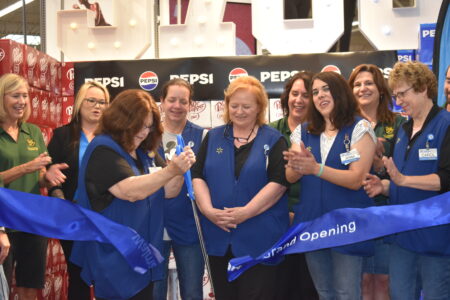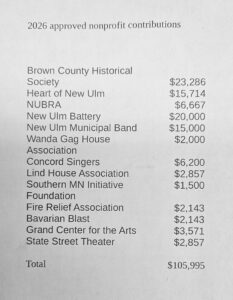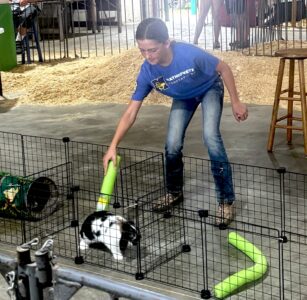Mobile drug detection devices show promise
For roadside marijuana, amphetamines, cocaine, meth, opioid testing

Submitted photo The Drager DrugTest 5000, left, and Abbot SoToxa Oral Fluid Mobile Test System, right, yielded positive results in rigorous field and lab comparison tests, prompting the Minnesota Office of Traffic Safety to push for implementation of the tools across Minnesota.
NEW ULM — Local law enforcement spoke positively about new mobile drug detection devices that were shown to be effective in testing for drug-impaired driving, according to Minnesota Department of Public Safety (DPS) oral screening tests.
Brown County Sheriff’s Office Investigator Andrew Konechne said he liked the idea of law enforcement using the mobile drug detection devices that were more versatile than Preliminary Breath Tests (PBTs).
“We’ve used PBT instruments to see if a driver is drinking for a long time. It sounds like these new instruments with more functions would be good to have,” he said.
New Ulm Police Commander Dean Barstad said law enforcement would be happy about anything that can improve traffic safety.
“We’ve had more impaired driving arrests involving narcotics the last couple years. It’s more difficult to detect some of those substances compared to alcohol. There are a lot of prescription medications that don’t work well with alcohol. People should take that into account when it causes them to not be able to control their vehicle safely,” said Barstad.
Tests of two oral fluid testing instruments by the Minnesota Department of Public Safety (DPS) showed they accurately detected the same substances the Bureau of Criminal Apprehension (BCA) finds in it’s lab tests.
Two instruments, the Abbott SoToxa Oral Fluid Test System and Drager DrugTest 5000 were evaluated favorably by 57 drug recognition evaluators from 41 Minnesota law enforcement agencies in 36 counties in the DPS pilot project coordinated by the Office of Traffic Safety.
The instruments would function and have the same legal effect as a Breathalyzer, to help establish probable cause for a DWI arrest before a blood test can be authorized and completed.
The devices test for marijuana, amphetamines, cocaine, meth, opioids and benzodiazepines.
To test effectiveness, oral swabs were taken from pulled-over drivers who agreed to be part of the program. Swab results were compared to lab results using blood. For all drugs except benzodiazepines, most match rates exceeded 82%.
The pilot project showed how the simultaneous use of multiple substances is contributing to impairment.
During the project, instruments detected drugs in 87.2% of all tests, most frequently detected cannabinoids, methamphetamines and amphetamines, detected more than one drug in 62% of tests and found that 90% of drivers who tested positive for alcohol with a PBT also tested positive for one or more drugs.
The oral testing instruments are preliminary screening tools. Like a PBT, their results can’t be used in court.
What can be used in court to help get a DWI conviction are blood and urine tests from the PSD Bureau of Criminal Apprehension (BCA).
The Minnesota Office of Traffic Safety (OTS) submitted device test results to legislators and asked them to approve the use of the devices and cover the cost of implementing them in all Minnesota police departments. Costs are $5,000 per testing unit and $25 per test.
“If we can save one life by deploying these things, it is absolutely worth every penny we can invest in it,” OTS director Mike Hanson told the Minnesota Star Tribune. “We are excited what these instruments can do to keep you and your family safe on the road. The technology works.”
“Sadly, the deadly seriousness of impaired driving goes beyond just alcohol. Driving while under the influence of drugs or a combination of drugs and alcohol is a threat to every person on the road. Advances in roadside technology will help law enforcement identify drug-impaired drivers and keep us all safe,” said OTC Director Mike Hanson.
For more information, visit https://dps.mn.gov/






